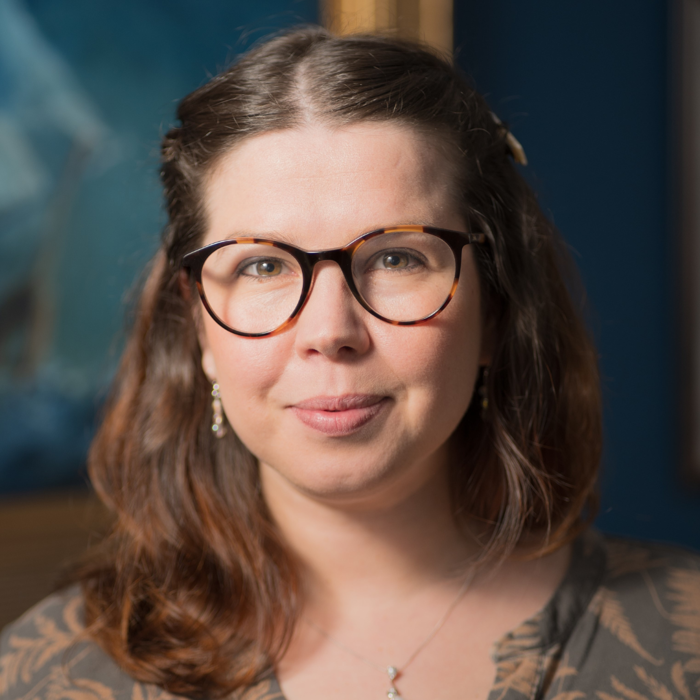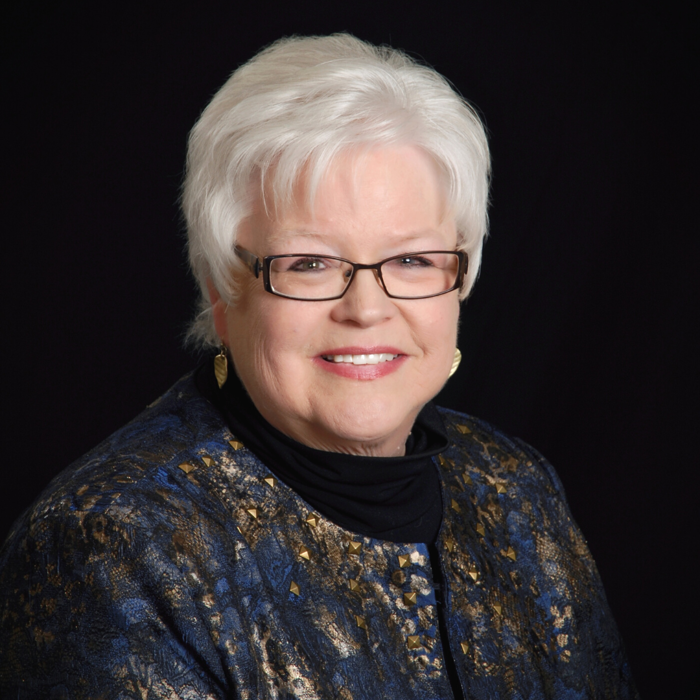Brain, Movement, and Song
Thursday 4th March 2021, 5:00 PM - 7:00 PM (London Time)
This workshop will provide a gross overview of brain anatomy with a focus on how the brain controls movement, and the voice in particular.
Motivating case
- Meet the Chimpanzees: Viki and Washoe
- Why can Apes use sing language, but not speak or sing?
- Is there something special about the way that the human brain controls the voice?
Gross brain primer
- The four lobes
- Grey matter vs white matter
- Networks
Neuroscience of movement
- Primary motor cortex
- Somatotopy
- Descending motor pathways
- Movement from electrical stimulation
- Paresis from damage, e.g., stroke
- Cortico-striatal loop
- Functions
- Executing motor plans
- Learning new motor plans
- Anatomical components & their connections
- Supplementary Motor Area
- Basal Ganglia
- Thalamus
- Relevant disorders
- Parkinson’s disease
- Huntington’s disease
- Functions
- Cortico-Cerebellar Loop
- Functions
- Correcting movement errors
- Sensory feedback
- Anatomical components
- Cerebellum
- Thalamus
- Functions
- An example from Dance: fMRI Tango!
- Lead with your cortico-striatal loop
- Follow with your cortico-cerebellar loop
Neuroscience of song
- Specialisation for voice motor control
- Uniqueness to humans
- Electrical stimulation & Lesions
- Brain imaging studies
- Song
- Speech
- Emotions
Birdsong
- Avian song production system
- Analogy with human primary motor cortex
- Avian song learning system
- Analogy with human cortico-striatal loop
- Brain imaging evidence
- Vocal imitation fMRI
Summary
- Humans share a motor system with other mammals
- But with some voice specialisation
- Similar specialisation also appear in songbirds
Dr Michel Belyk
Dr Michel Belyk is a Senior Lecturer in Psychology at Edge Hill University. He studies the human voice, all the things that it says, and how it is able to say them.
Sorry, this is an archived short course...
We have plenty of upcoming short courses coming soon. See details of some of them below or look at the full list of short courses.

Monday 12th January 2026
12:00 PM - 1:30 PM
Tuesday 13th January 2026
12:00 PM - 1:30 PM
Wednesday 14th January 2026
12:00 PM - 1:30 PM
Thursday 15th January 2026
12:00 PM - 1:30 PM
Tuesday 20th January 2026
12:00 PM - 1:30 PM
Wednesday 21st January 2026
12:00 PM - 1:30 PM
(London Time)
Level One Certificate in Accents and Phonetics

Louisa Morgan
Are you a voice, acting, or singing coach looking to expand your expertise and add accents and phonetics to your teaching repertoire? This 6-session course covers essential topics such as articulatory, acoustic, and auditory phonetics, the International Phonetic Alphabet (IPA), and ethical approaches to accent and dialect coaching. By the end of this course, you'll be equipped with the knowledge and practical skills to start to bring phonetics and accent coaching into your coaching and provide more comprehensive support to your clients.


Monday 12th January 2026
2:00 PM - 4:00 PM
(London Time)
Emerging and Developing Voice: Singing and Speech

Karen Brunssen
How does the singing voice influence the speaking voice? How does the speaking voice influence the singing voice? When is there a disparate relationship between the two? Can they help each other? Can one harm the other? How can we use them positively in the voice studio. During this short course we will consider the voice as we sing and as we speak. The acquisition of language is a very interesting journey from birth through old age. We will broach the topics of “lexical” which refers to learning words, and “semantic” which is how we use words in the context of language.


Monday 12th January 2026
5:00 PM - 7:00 PM
(London Time)
Perfectionism: A Theoretical & Clinical Overview

Dr David Juncos
What exactly is meant when we label ourselves or someone we know a perfectionist? It is a good to be this way? Or are you setting yourself up for failure? Can a performance psychologist or a other performance-related practitioner help you if you’re a perfectionist? In this short course, you will learn how perfectionism is defined according to popular models in clinical psychology, and whether it is maladaptive or adaptive. You will also learn how perfectionism impacts on music performance anxiety, in addition to other areas of importance for performing musicians, like work-related stress and burnout, and procrastination with one’s practice.
